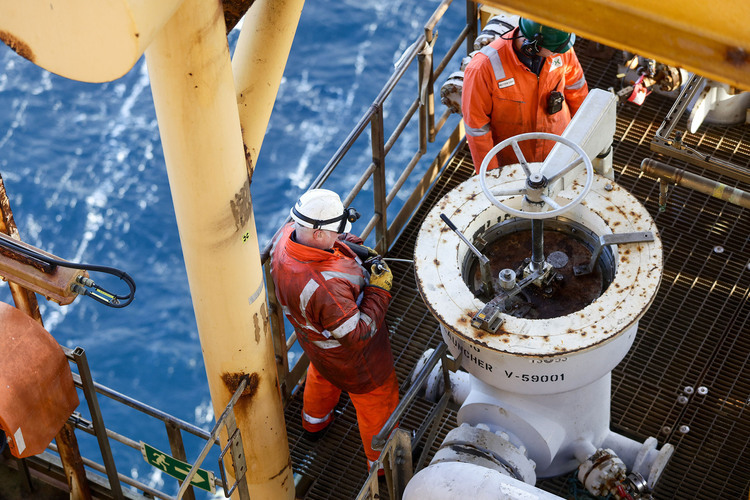
Most of the oil projects planned over the next decade are economically viable with prices below $60 a barrel as explorers succeed in squeezing costs, consultant Wood Mackenzie Ltd. said.
Oil explorers will be able to add 9 million barrels a day to global supply by 2025 with Brent crude under $60, mostly from U.S. shale, the Edinburgh-based company said in a study Wednesday. That’s about 70 percent of new projects under consideration, an increase from 50 percent a year ago. Still, the remaining 4 million barrels a day of production needed to meet demand by the middle of the decade may require prices as high as $85 a barrel, it said.
“It’s evidence of how the industry is adjusting to the lower price environment by cutting costs and making production gains,” Simon Flowers, the company’s chief analyst, said in an interview in London. Still, “the industry needs to get to grips with how to develop fields” at a lower cost “or prices need to go up.”
The Organization of Petroleum Exporting Countries, led by Saudi Arabia, is succeeding in pushing the most expensive producers out of the market as U.S. output slumps to its lowest in two years. The shale oil industry has nonetheless surprised many with its resilience in the face of lower prices, Wood Mackenzie said. After falling an estimated 900,000 barrels a day this year, non-OPEC output will drop just 100,000 next year, OPEC said in its monthly report.
Cost Cutting
The cost of drilling for U.S. tight oil, which includes crude from rocks like shale and sandstone, “has improved a lot,” R.T. Dukes, research director at Wood Mackenzie, said by phone from Houston. “It’s a big portion of our supply outlook.”
Buoyed by a price rally of more than 70 percent since February, U.S. producers have expanded drilling in the past few weeks after idling more than 1,000 oil rigs since the start of last year.
EOG Resources Inc. and Pioneer Natural Resources Co., which helped drive the shale revolution, are among the independent producers that stand to gain the most from improved productivity in regions like the Permian and Mid-Continent plays, Wood Mackenzie said. Exxon Mobil Corp. and Chevron Corp. are among the majors that will benefit the most, it said.
The average price needed globally to finance new supply has been reduced to $51 a barrel, down from $70 in 2014, according to the study.
Brent Futures
The $60 a barrel required for the majority of new global projects is roughly in line with the price of Brent crude futures for the end of the decade. Contracts for September 2016 settlement are significantly lower, trading on Tuesday near $48 a barrel. Major projects may be delayed or canceled if Brent stays below $50, Wood Mackenzie estimated.
The world will need all 13 million daily barrels of planned capacity by 2025, plus an additional 10 million, to meet rising consumption and make up for declining production at oilfields currently in use, according to the consultant. That additional output could be provided by new capacity in OPEC, or discoveries elsewhere in the world.
Recommended for you
